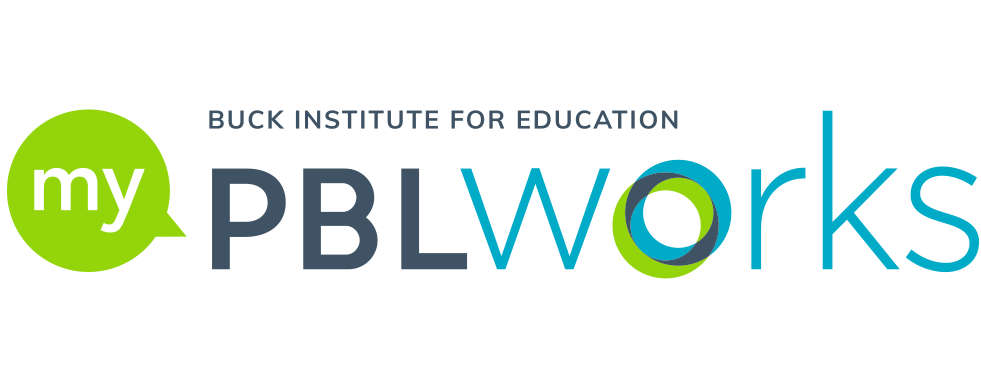248 Results
Resource: (Strategy Guides)
Success Skill Rubrics can be leveraged throughout a project to support the development of the focus success skill. With a few considerations, young children can benefit from using success skill rubrics in the classroom.




















